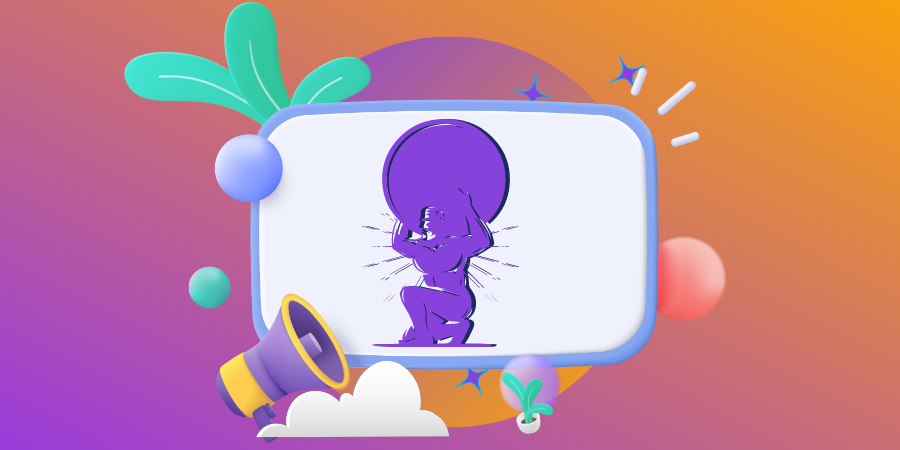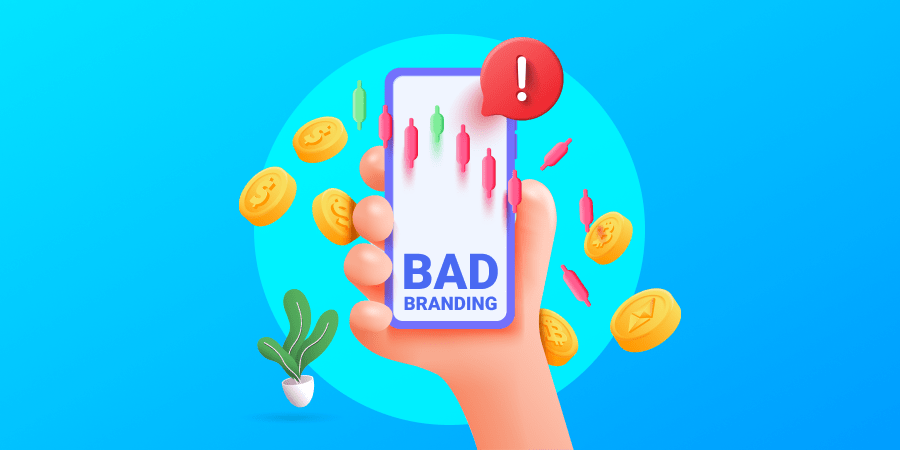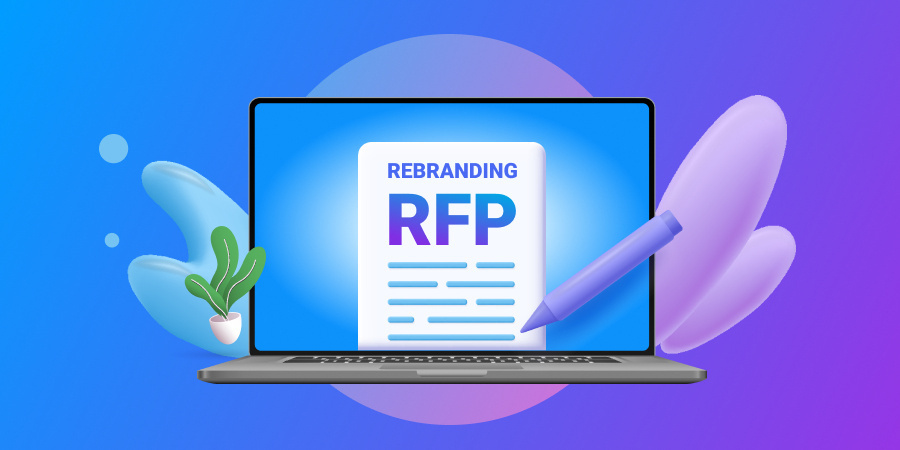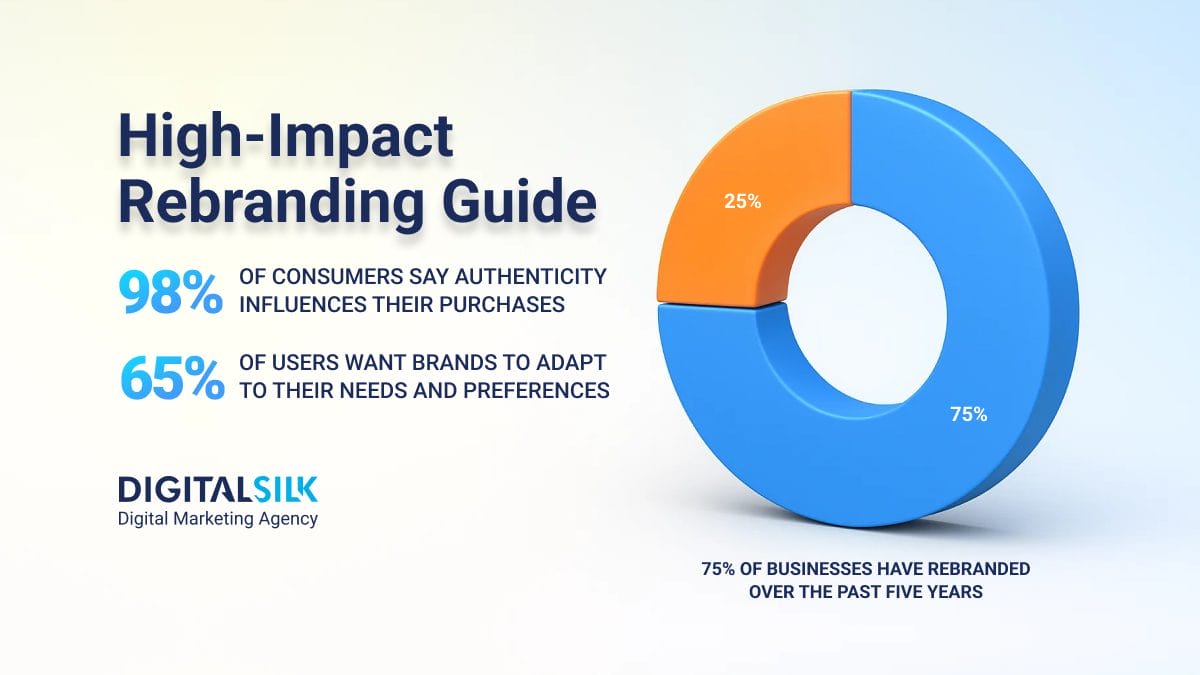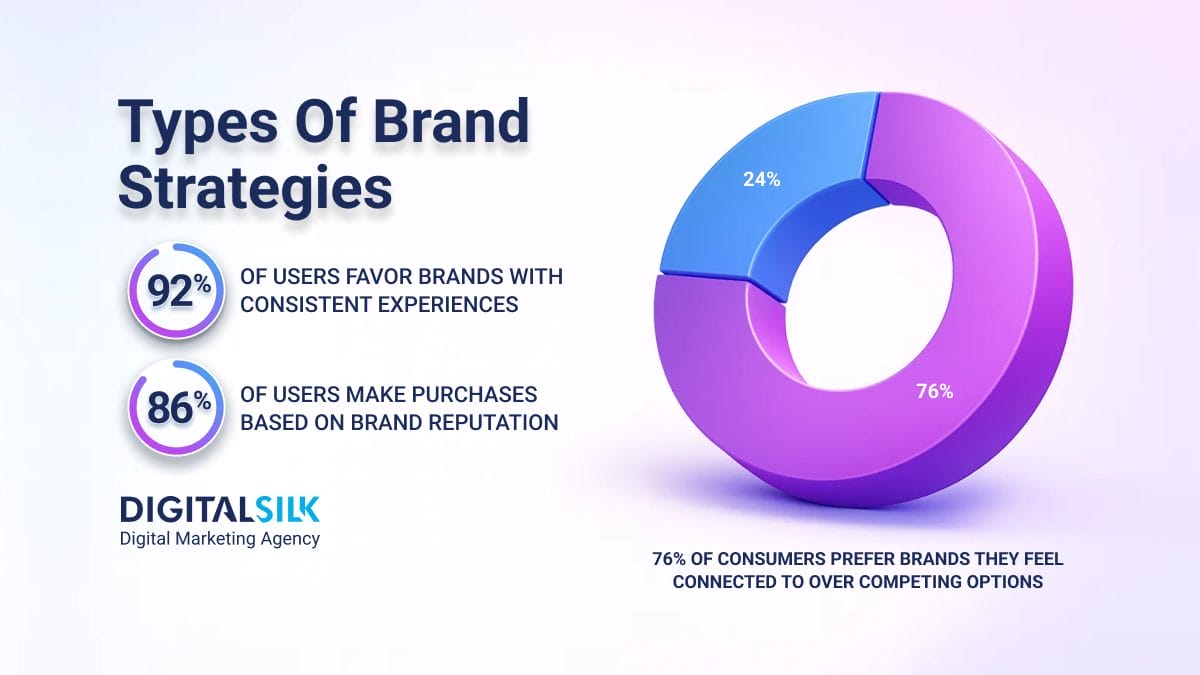From Dove’s empowering campaigns to Wendy’s witty social media presence, brand archetypes create distinct personalities that forge emotional bonds with customers.
In this article, we’ll explain the 12 different brand archetypes and share famous examples of each. Plus, we’ll dive into how you can define your own archetype to better connect with your target consumers.
Let’s get started!
Digital Silk develops authentic brands. Request A Quote
What Is A Brand Archetype?
A brand archetype is a representation of your brand that is based on 12 fundamental human values.
A brand archetype allows you to create a distinct and engaging brand identity that can resonate with your consumers’ emotions and aspirations.
This concept is based on the personality archetypes created by Swiss psychiatrist Carl Jung in 1919.
A brand archetype is just one of many branding terms to know. If you want to master the most important branding terms, follow this link.
Contact our team of branding specialists. Set up a consultation
12 Brand Archetypes + Examples
Brand archetypes capture different sets of human-like traits and personalities.
From the nurturing Caregiver to the rebellious Outlaw, each archetype portrays a unique persona, allowing you to emotionally connect with your consumers.
1. The Innocent
The innocent brand archetype is characterized by traits of optimism, simplicity and purity.
Brands with this type of archetype are trustworthy and honest, providing simple solutions to their customers.
Examples of brands with the innocent archetype include:
- Coca-Cola: This American multinational corporation consistently uses nostalgic and happiness-themed advertising to bring a feel-good and wholesome vibe to the table. Their slogan, “Open Happiness,” perfectly embodies the innocent archetype.
- Dove: Their “Real Beauty” campaign emphasizes natural beauty and promotes the idea that everyone is beautiful in their own unique way.
2. The Explorer
The explorer brand archetype is characterized by traits of freedom and adventure. Brands with this type of archetype inspire their customers to break free from the ordinary and venture into the unknown, where new challenges and opportunities can arise.
Examples of brands with the explore archetype include:
- The North Face: This outdoor product company embodies the explorer archetype by promoting adventure. Their products are designed for hiking, mountaineering and other outdoor adventures, and their advertisements often showcase breathtaking outdoor environments.
- Jeep: The automotive company’s slogan, “Go Anywhere. Do Anything,” are marketed towards adventurous consumers who want to explore off-road environments.
- GoPro: The camera company is all about capturing adventurous moments and experiences. Their products are often used in extreme sports or traveling. In addition, their advertisements often showcase exciting, first-person perspectives of adventures.
3. The Sage
The sage brand archetype is characterized by traits of wisdom, knowledge and truth.
Brands with this type of archetype provide insights and expertise, helping their customers understand the world around them better.
Examples of brands with the sage archetype include:
- Google: Google is seen as the ultimate source of knowledge and their mission is to gather the world’s information and make it universally accessible.
- British Broadcasting Corporation (BBC): As a leading news and media company, BBC has a reputation for delivering reliable content.
- National Geographic: Through their in-depth documentaries and insightful articles, National Geographic educates their audience about the world and its wonders.
4. The Hero
The hero brand archetype is characterized by traits of courage and determination.
Brands with this type of archetype inspire their customers to overcome challenges and strive for greatness.
Hero brands often position themselves as a guide or ally to help their customers achieve their goals and face their problems head-on.
Examples of brands with the hero archetype include:
- Nike: With their “Just Do It” slogan and a long history of supporting athletes, Nike showcases the determination, strength and perseverance required in sports.
- Duracell: Duracell positions itself as the hero with their “Trusted Everywhere” tagline and their consistent message of long-lasting and reliable batteries. They promise to be the power that won’t let you down.
- FedEx: Positioning themselves as a reliable, fast and efficient delivery service, FedEx promises to deliver when no one else can.
5. The Outlaw Or Rebel
The outlaw or rebel archetype is characterized by traits of disruption and a revolutionary spirit.
Brands with this type of archetype encourage their customers to be unique, independent and defy conventional norms.
Examples of brands with the outlaw archetype include:
- Harley-Davidson: This motorcycle brand has a rebellious image that appeals to those who value freedom, individualism, and the open road.
- Virgin Group: Richard Branson’s brand is well-known for disrupting established industries from airlines and music to telecommunications. Virgin’s approach is often described as irreverent and non-traditional.
- Diesel: This fashion brand often breaks conventions with its provocative and edgy advertising campaigns, positioning itself as an alternative to mainstream fashion brands.
6. The Magician
The magician archetype is characterized by traits of innovation and charisma.
Brands with this type of archetype reinvent the wheel, push the boundaries of what is considered impossible, through technological innovation or imaginative solutions to turn dreams into reality.
Examples of brands with the magician archetype include:
- Apple: With its innovative products and its “Think Different” slogan, Apple has consistently positioned itself as a brand that can transform the way we live and work, very much in line with the Magician archetype.
- Disney: Known as the “Most Magical Place on Earth,” Disney creates enchanting experiences that bring fantasy to life, whether it’s through their theme parks, movies, or merchandise.
- Nintendo: This gaming company constantly reinvents the way we play and experience video games, creating immersive and magical experiences for their customers.
7. The Everyman/Everywoman (Regular Guy/Girl)
The every man or every woman archetype is characterized by traits of humility, honesty and relatability.
Brands with this type of archetype resonate with consumers from all walks of life, transcending social barriers and embracing inclusivity.
Examples of brands with the every man or every woman archetype include:
- Levi’s: As a long-standing, reliable brand known for quality denim wear, Levi’s appeals to the everyday person. Their products are made for comfort and durability, suitable for everyday use.
- Gap: The clothing brand focuses on basic, casual, and affordable clothing for everyone, emphasizing comfort, reliability, and broad appeal.
- IKEA: With its affordable, functional and easy-to-assemble furniture, IKEA appeals to the everyman/everywoman. It’s a brand that understands the needs of the average person who wants practical solutions for their homes.
8. The Lover
The lover archetype is characterized by traits of passion, pleasure and romance.
Brands with this type of archetype cultivate and nurture emotional bonds, whether in romantic relationships or deep friendships.
Examples of brands with the lover archetype include:
- Victoria’s Secret: This brand’s luxurious and seductive products, coupled with its provocative marketing, position it firmly in the Lover archetype.
- Chanel: This high-fashion brand stands for luxury, elegance, and desire, positioning its products as not just items of clothing or perfume, but as tools of seduction.
- Tiffany & Co.: Known for its iconic blue box, Tiffany & Co. is associated with romance, love, and desire. It’s a go-to brand for engagement rings and romantic gifts, associating it strongly with the Lover archetype.
9. The Jester
The jester archetype is characterized by traits of humor and light-heartedness.
Brands with this type of archetype bring joy and entertainment to their customers’ lives by creating fun and engaging experiences.
Examples of brands with the jester archetype include:
- Wendy’s: Known for their clever and audacious social media presence, Wendy’s doesn’t hesitate to use humor to engage with their audience. The fast-food chain has made headlines multiple times for its witty and sometimes edgy Twitter responses, even playfully roasting competitors and haters.
- Ben & Jerry’s: Known for their fun ice cream flavors and humorous flavor names, Ben & Jerry’s brings a light-hearted approach to the ice cream industry.
- Old Spice: With their unconventional, funny and sometimes bizarre commercials, Old Spice definitely fits the Jester archetype. Their marketing campaigns often go viral due to their humor and creativity.
10. The Caregiver
The caregiver archetype is characterized by traits of compassion and generosity.
Brands with this type of archetype provide comfort, assistance and solutions for their consumers’ problems.
Examples of brands with the caregiver archetype include:
- Johnson & Johnson: As a provider of healthcare products for families and children, Johnson & Johnson embodies the caregiver archetype with its caring and nurturing image.
- Allstate Insurance: Allstate’s slogan “You’re in Good Hands” presents the brand as a protector that cares for its customers and their possessions.
- Campbell’s Soup: Campbell’s brand image positions them as nurturing and comforting, as they are perceived as one of the leaders in providing comfort canned soup products for over a century.
11. The Creator
The creator archetype is characterized by traits of curiosity and creativity.
Brands with this type of archetype inspire their customers to ignite their imaginations to help them bring their ideas to life.
Examples of brands with the creator archetype include:
- Adobe: Adobe’s suite of design and creativity software provides their users with the tools to create and express themselves, allowing them to bring their ideas to life.
- Lego: As a toy brand that encourages imagination and creativity, Lego inspires people of all ages to build and create their own unique designs.
- Crayola: Known for its art supplies, Crayola has a brand image strongly associated with creativity, imagination and self-expression, especially for children.
12. The Ruler
The ruler archetype is characterized by traits of leadership and accountability.
Brands with this type of archetype ensure high standards of quality, while positioning themselves as leaders in their respective industries.
Examples of brands with the ruler archetype include:
- Rolex: Known for their high-quality, luxury watches, Rolex positions itself as a leader in the watch industry.
- Louis Vuitton: As a leading luxury fashion brand, Louis Vuitton exudes a sense of exclusivity and sophistication.
- IBM: Known for their reliable, high-quality tech solutions, IBM positions itself as the industry leader within the tech industry.
Why Is It Important To Identify Your Brand Archetype?
Identifying your brand archetype isn’t just about picking a category that seems to fit your brand — it’s a strategic process that goes to the heart of your brand values and identity.
By aligning your brand with a specific archetype, you can create a consistent and compelling personality that resonates with your target audience
- Establish a consistent brand identity: Brand archetypes offer a framework that ensures your brand has consistent messaging. This consistency reinforces your brand’s identity across all platforms and touchpoints, making it recognizable to your consumers. Why does this matter? According to a study, 71% of consumers are more likely to purchase from a brand they recognize.
- Increase brand awareness: A clear brand archetype can differentiate your brand in a crowded marketplace, boosting brand awareness. People tend to remember stories and characters more than they remember facts and figures, so using a brand archetype to craft your brand story can have a significant impact on your brand recognition.
- Encourage brand loyalty: Brand archetypes can help foster deeper connections with your customers by appealing to their emotions, which can also play a crucial role in their purchasing decisions. For example, if your brand’s archetype is the “Explorer,” and a customer values freedom and adventure, they may feel a stronger emotional connection to your brand.
Speak with our experts. Schedule A Consultation
How To Choose A Brand Archetype
Defining your brand archetype is an essential aspect of creating a strong brand identity, as it impacts your brand identity, voice, messaging and overall customer engagement.
Here are steps to define your brand archetype:
1. Identify Your Brand Mission & Values
Begin by looking at what your brand stands for and what it aims to achieve. Your values and mission form the core of your brand, and your archetype should be an extension of these. For example, if your brand values innovation and creativity, the Creator archetype can be an ideal fit. If safety and care are your brand’s main goals, then the Caregiver can align better.
2. Understand Your Target Audience
Who are your customers and what do they care about? Understanding your target audience can help you select an archetype that resonates with them. Conduct market research to learn about your customers’ needs, wants and expectations. This will also help you understand what kind of story your audience is likely to connect with.
3. Build On Emotion
Once you’ve identified your brand values and mission and understood your audience, think about the emotional response you want your brand to evoke. For example, if you have identified the explorer archetype, your goal should evoke feelings of freedom and adventure.
4. Ensure Consistency Across All Touchpoints
Once you’ve defined your brand archetype, ensure that all your branding elements, such as logos, color schemes, taglines and your marketing efforts (think social media posts and marketing campaigns) align with it. This creates a consistent brand experience that makes your brand more memorable.
Build Your Brand Strategy With Digital Silk
As a full-service branding agency, we can help you identify the archetype that best matches your brand identity, personality and messaging to help you connect with your audience and differentiate your brand from the competition.
At Digital Silk, our branding services include:
- Brand audit: Our team will assess your company’s brand identity, brand positioning, messaging and marketing strategies to identify areas of strengths and weaknesses for improvement.
- Brand strategy: Our branding team will work with you to craft a unique brand strategy for your business, to boost your brand recognition, customer loyalty and growth.
- Brand story: Our skilled copywriters will help you craft a brand story that truly shows who you are, what you stand for, and what makes you unique.
- Brand identity: Our skilled designers will collaborate with you to create standout graphics and a memorable logo, building a visual identity that catches your audience’s attention and sets your brand apart.
- Brand messaging and positioning: We will work with you to create a powerful brand message that connects with your audience, allowing you to showcase what makes you different from the competition and highlight your unique offerings.
- Brand monitoring and analytics: We will monitor your brand’s performance closely. Using the insights we gathered, we’ll fine-tune your strategies to continuously boost your brand’s recognition and visibility.
Our expertise also extends beyond branding. Digital Silk provides comprehensive digital solutions including top-rated web design and development, digital marketing strategies and mobile app development to enhance your digital presence.
Connect with our dedicated team to discuss your unique business requirements and gain insights into industry best practices and emerging trends, all aimed at driving your business toward success.
Tell us about your branding project. Request a proposal.
"*" indicates required fields


